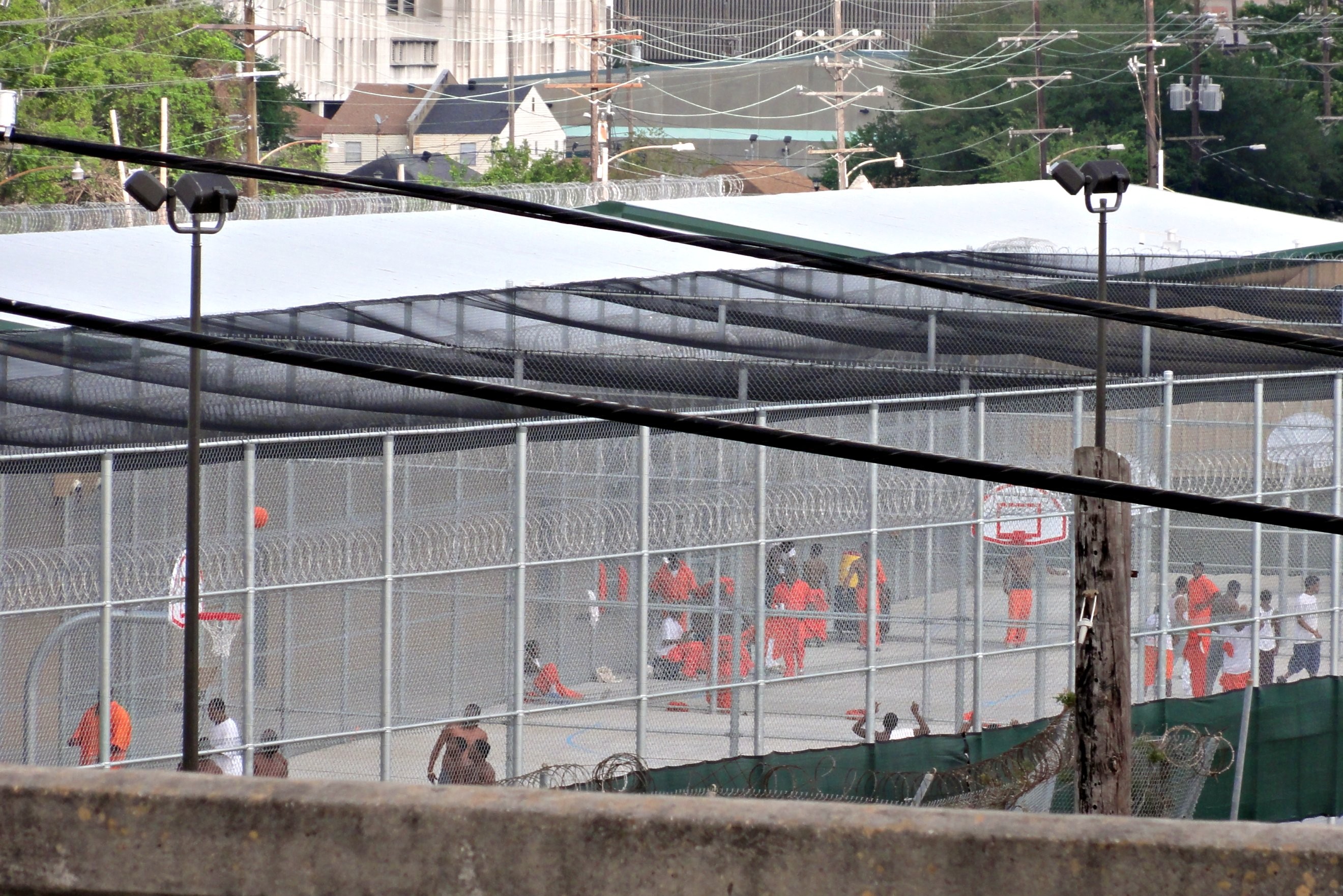Many parents who have faced the daunting task of finding quality, affordable child care have a list of things they look for when they visit a prospective program. Perhaps that list includes an inviting classroom full of books and educational materials. Maybe a playground and a warm and nurturing teacher. But how many parents look at the wages of their child care provider? And how many question whether their child care provider is living in poverty?
A new study entitled Worth Work, STILL Unlivable Wages finds that wages in the child care industry as so low that many providers live in poverty. The mean hourly wage of a child care worker in 2013 was $10.33 an hour or $21,490 annually. This puts child care workers in the Bureau of Labor Statistics’ lowest income tier along with parking lot attendants and dry-cleaners, meaning that most child care workers live in poverty.
The combination of low wages and the rising cost of living means that many child care workers aren’t paid enough to meet their families’ most basic needs. In fact, more than 46 percent of child care workers are in families using one of the four major social support programs—almost double the rate of use in the U.S. workforce overall. Poverty wages for child care workers is a problem in and of itself, but the impact extends well beyond workers. The 12 million children who attend child care are affected as well.
Child care workers who endure the stressors of living in poverty are more likely to experience toxic stress, depression, and chronic health issues. As the number of children spending time in child care settings has increased so too has our knowledge of the link between adult caregiving and early childhood brain development. Study after study has shown the connection between better-paid staff and higher quality care. The instability and stress experienced by caregivers dealing with economic insecurity or poverty shapes their ability to provide enriching and nurturing environments for children. Often, it can result in a decreased ability to provide supportive spaces for children to develop and learn.
Importantly, high quality care is often most powerful in the lives of low-income children and children of color who already enter school behind their wealthy and/or white peers. But we also know that low-income children are more likely to be in low quality child care settings. Research shows that children who attend low quality child care settings—with high turnover or high numbers of stressed out staff—are less competent in language and social development. This means our most vulnerable children are often facing stress from multiple sources.
Ultimately, we must do something to better empower the 2 million women earning a living in this sector. Changing the course is far from impossible. Decades ago, the Department of Defense made major changes to its internal child care system, including paying child care workers on par with other employees with similar education and qualifications. This reform increased pay by about 76 percent over the past 25 years. As a result, they see far less turnover and consistently receive higher quality ratings.
It’s time that we pay those caring for our children a fair wage. And that starts with parents asking the question: how much does my child care provider make? Does caring for my family force her family to live in poverty?










